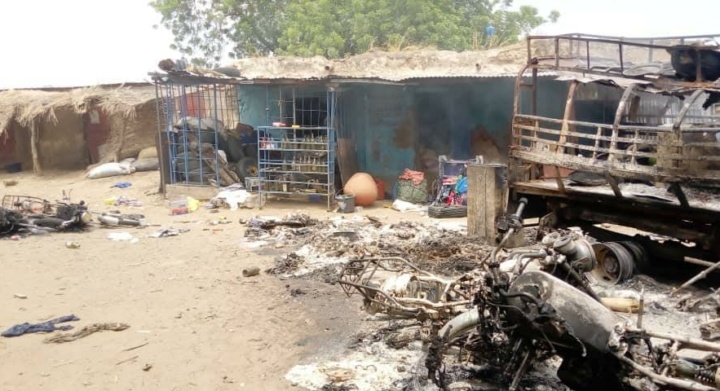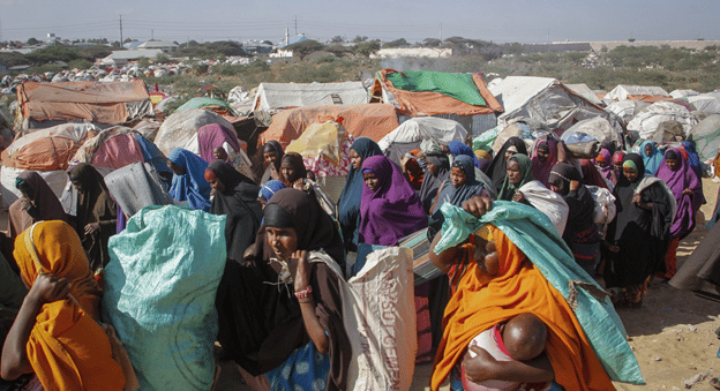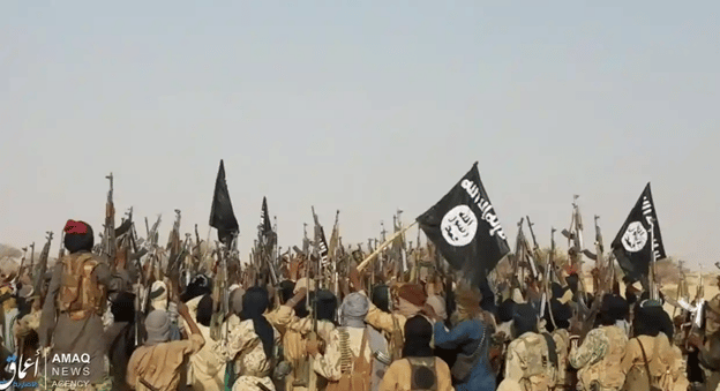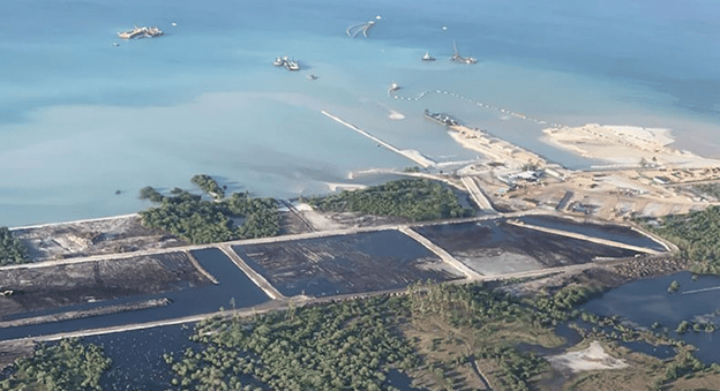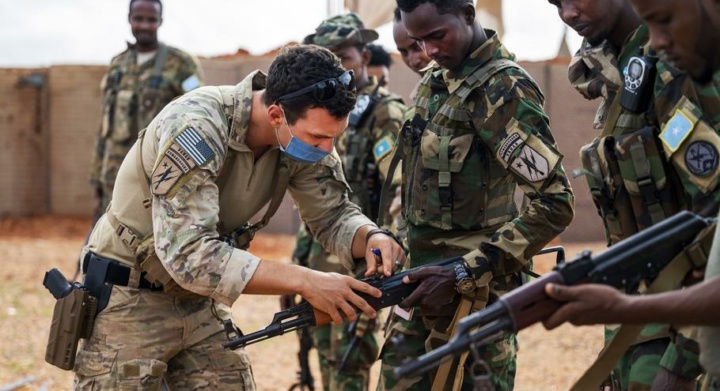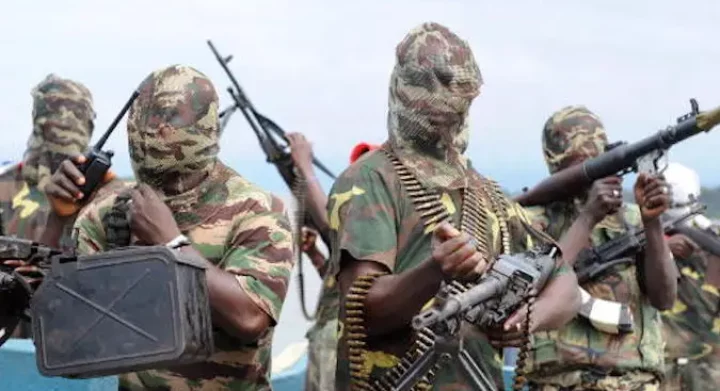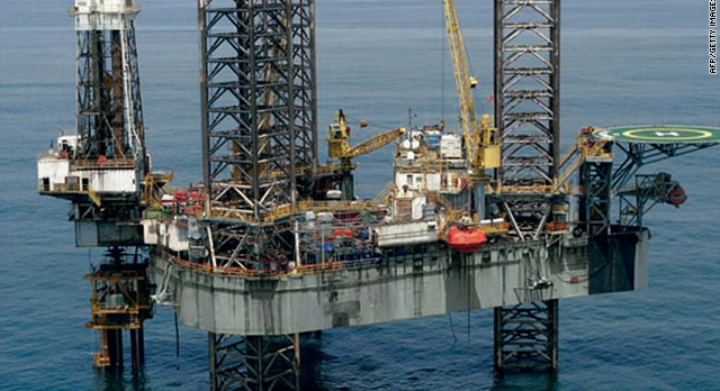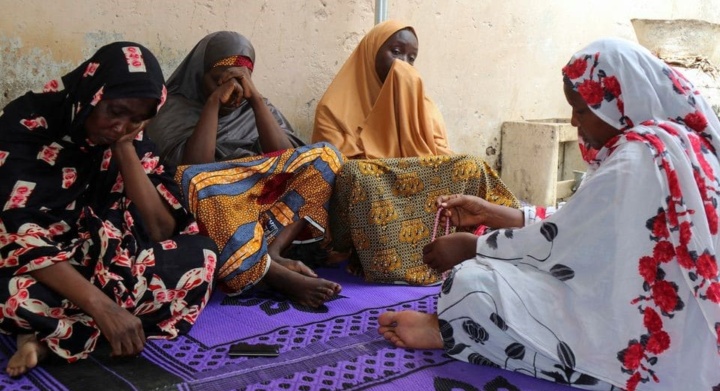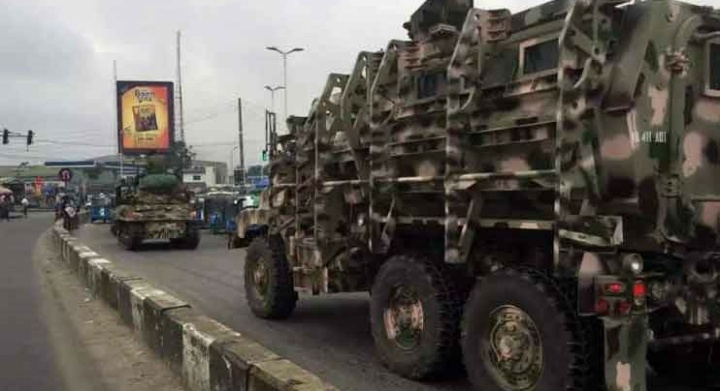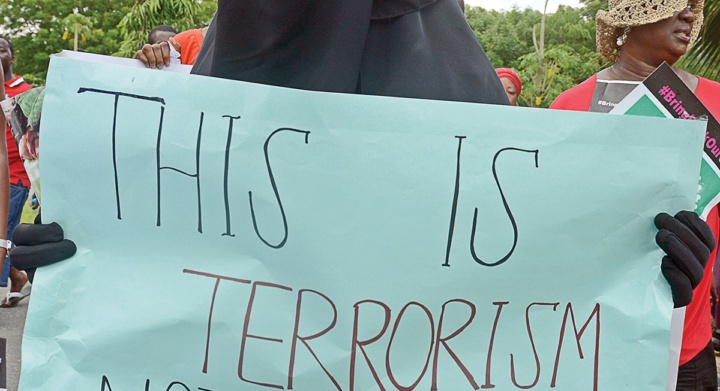According to a statement by the Malian government, heightened attention is on Katibat Macina, an al-Qaeda-affiliated terrorist organization, for its massacre of 132 civilians in central Mali. Mali has not seen a death toll that high from an isolated incident since 2012, leaving the country in a complete state of grief since the attack in late June. Katibat Macina continues to grow throughout Mali and is becoming an increasing security threat in the region.
The Mali War and Current State of the Conflict
In 2012, the Mali War began, and its roots are attributed to the fourth uprising by the Tuareg separatist group, the National Movement for the Liberation of Azawad. This uprising led an Islamist takeover of all northern cities of Mali. It included an improvised military coup against the standing Malian military. This conflict has led to the deaths of over 25,000 people and caused the displacement of over four million. With the severity of this conflict and requests from the Malian president, France, and the UN Peacekeepers became involved in hopes of mitigation. However, French troops are withdrawing due to disagreements between leaders on best practices. This leaves the Malian government with UN Peacekeepers and their military committee that has yet to be able to counter the continued insurgency.
In the past year, the Malian government has heavily relied on Russian mercenaries from the Wagner group to support their fight against jihadists. Efforts to mitigate the growing jihadism in Mali have yet to be stopped and have spread throughout the Sahel, leaving the Malian military without significant progress towards peace.
Background of Katibat Macina
Katibat Macina first found its roots in 2015 from its founder and current leader, Amadou Kouffa, a former member of Ansar al-Din, another terrorist organization in Mali. Katibat Macina first gained attention for their attack on the Byblos Hotel in Mopti. By 2016, the group’s operations focused more seriously on the Niger Delta, an area known for its rich agriculture, which only exacerbated the number of displaced persons throughout Mali.
After much public rejection for their harsh interpretations of Shar’ia, Katibat Macina was forced to hold a softer approach when aiming to gain more recruits. The group was able to grow and eventually shifted its main focus to attacking UN operations and personnel throughout Mali.
Massacre of 132 Civilians
From June 18, 2022, to June 19, 2022, Katibat Macina attacked the villages of Diallassagou, Diamweli, and Deguessagou in the Bandiagara area of Mali. Katibat Macina arrived armed on motorcycles and executed mostly men throughout the villages and set fire to many of the homes, vehicles, and barns forcing survivors to flee to Bankass.
Local sources have attributed this attack to the people of these villages for their cooperation with the Malian government and Russian mercenaries on counterterrorism efforts in the area. Katibat Macina attacked two additional cities; however, the fighters were ousted by traditional Dozo hunters or armed Dogon militiamen before the attack reached civilians. The Bandiagara area has often experienced jihadist violence, but nothing as severe as this recent massacre of innocent civilians. Some sources have claimed that the actual death count is lower than what has been reported in an effort by Dogon militiamen to gain more weapons; the Malian government has rejected these statements.
Current Mitigation Efforts & Outlook
Efforts to counter Katibat Macina have included ground combat, interviews of victims, and airstrikes. The Malian government has sent airstrikes in an effort to counter Kabitiat Macina in the vicinity of Bankass and Segue, as well as in Djenne and Tenenkou, where some of its members were located. Both the Malian government and Russian mercenaries have ramped up their counterterrorism efforts in these areas following the massacre.
The growth of jihadism in Mali and its presence throughout the entire Sahel has continued to grow without fail. The UN continues its peacekeeping efforts throughout Mali with its operation, UN Multidimensional Integrated Stabilization Mission in Mali. However, this UN mission is often referred to as the most dangerous mission for peacekeepers due to high attacks targeting UN officials.
Following the withdrawal of French troops from Mali, the Malian government is struggling to properly counter these terrorist groups on their own, even coupled with the help of the UN. The Malian military needs proper funding and support from the international community o mitigate this growing security threat and prevent further massacres.
Claire Spethman, Counter-Terrorism Research Fellow

